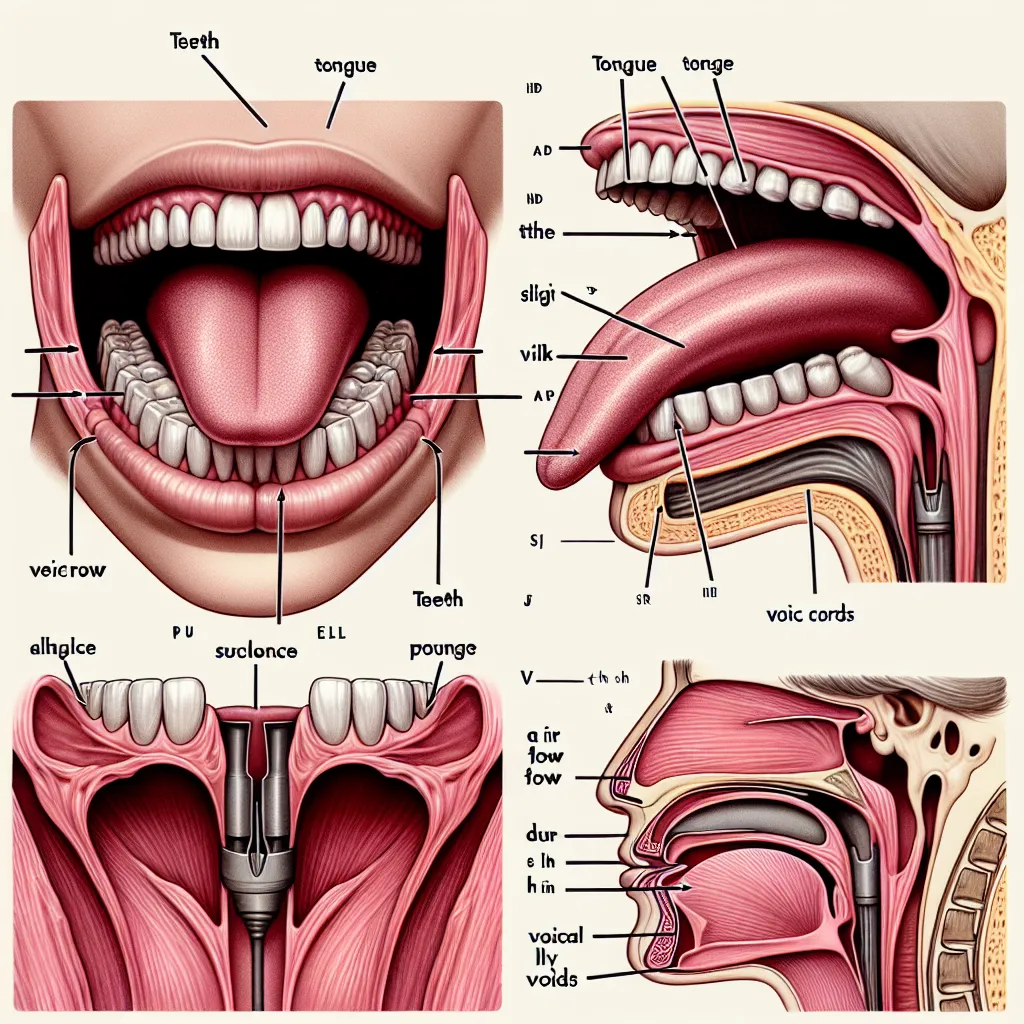Are you struggling with pronouncing English words that contain unusual consonants? You’re not alone! Many language learners find it challenging to articulate sounds that don’t exist in their native tongue. This comprehensive guide will help you master the pronunciation of English words with unusual consonants, boosting your confidence and fluency in spoken English.
Understanding Unusual Consonants in English
English has several consonant sounds that may be unfamiliar to speakers of other languages. These sounds can be tricky to pronounce, especially if they don’t exist in your native language. Let’s explore some of these unusual consonants and learn how to pronounce them correctly.
The ‘Th’ Sound
One of the most notorious sounds in English is the ‘th’ sound. It actually represents two distinct phonemes:
- Voiced ‘th’ /ð/ as in “this,” “that,” “mother”
- Unvoiced ‘th’ /θ/ as in “thin,” “thought,” “bath”
To produce these sounds, place the tip of your tongue between your teeth and blow air out. For the voiced ‘th’, add vibration to your vocal cords.
 English th sound pronunciation
English th sound pronunciation
The ‘R’ Sound
The English ‘r’ sound /ɹ/ is quite different from the ‘r’ in many other languages. To produce this sound:
- Curl the tip of your tongue back towards the roof of your mouth
- Keep your lips slightly rounded
- Let air flow over your tongue without vibration
Practice with words like “red,” “car,” and “river.”
The ‘W’ Sound
The ‘w’ sound /w/ can be challenging for speakers of languages that don’t have this sound. To pronounce it:
- Round your lips as if you’re going to whistle
- Start with your lips in this position and quickly open them
- Don’t let your teeth touch your lips
Try words like “water,” “wait,” and “window.”
Common Pronunciation Errors and How to Fix Them
When dealing with unusual consonants, learners often make certain mistakes. Here are some common errors and tips to correct them:
- Substituting ‘f’ or ‘s’ for ‘th’: Focus on placing your tongue between your teeth, not behind them.
- Rolling the ‘r’: Remember, the English ‘r’ is not rolled. Keep your tongue curled back without vibration.
- Pronouncing ‘w’ as ‘v’: Ensure your lips are rounded and don’t let your teeth touch your bottom lip.
Practice these sounds in isolation before incorporating them into words and sentences. Listening to native speakers and mimicking their pronunciation can also be incredibly helpful.
Effective Methods for Learning Unusual Consonant Sounds
To master the pronunciation of words with unusual consonants, try these proven methods:
- Mirror Practice: Watch your mouth movements in a mirror as you practice the sounds.
- Minimal Pairs: Practice words that differ only in the target sound, like “thin” vs. “fin” or “veal” vs. “wheel.”
- Tongue Twisters: Use tongue twisters focusing on specific sounds to improve your articulation.
- Record Yourself: Compare your pronunciation with that of native speakers.
- Use Pronunciation Apps: Apps like ELSA Speak can provide instant feedback on your pronunciation.
The Phonemic Chart and Commonly Mispronounced Words
Understanding the International Phonetic Alphabet (IPA) and the phonemic chart can greatly aid in pronouncing unusual consonants. Here’s a simplified version of the consonant phonemes in English:
/p/ /b/ /t/ /d/ /k/ /g/
/f/ /v/ /θ/ /ð/ /s/ /z/ /ʃ/ /ʒ/
/tʃ/ /dʒ/ /m/ /n/ /ŋ/
/l/ /r/ /j/ /w/ /h/
Now, let’s look at 10 commonly mispronounced words containing unusual consonants:
- Thesaurus /θɪˈsɔːrəs/
- Rhythm /ˈrɪðəm/
- Wednesday /ˈwenzdeɪ/
- Worcester /ˈwʊstər/
- Squirrel /ˈskwɪrəl/
- Clothes /kləʊðz/
- Sixth /sɪksθ/
- Thoroughly /ˈθʌrəli/
- Months /mʌnθs/
- Worchester /ˈwʊstər/
Practice these words regularly, focusing on the unusual consonant sounds they contain.
 English pronunciation practice session
English pronunciation practice session
Tips for Rapid Improvement in Pronouncing Unusual Consonants
To accelerate your progress in pronouncing English words with unusual consonants:
- Immerse yourself in English media: Watch English movies, TV shows, and YouTube videos to expose yourself to native pronunciation.
- Join language exchange groups: Practice with native speakers who can provide immediate feedback.
- Use phonetic transcriptions: When learning new words, refer to their phonetic spellings to ensure correct pronunciation.
- Practice daily: Consistency is key. Dedicate at least 15 minutes each day to pronunciation exercises.
- Focus on one sound at a time: Master one unusual consonant before moving on to the next.
Remember, improving your pronunciation is a gradual process. Be patient with yourself and celebrate small victories along the way.
Conclusion
Mastering the pronunciation of English words with unusual consonants is a challenging but rewarding journey. By understanding the mechanics of these sounds, practicing regularly, and using the techniques outlined in this guide, you’ll significantly improve your pronunciation skills. Remember, the key to success is consistent practice and a willingness to make mistakes and learn from them.
We encourage you to share your experiences and ask questions in the comments below. For more tips on improving your English pronunciation, check out our article on how to pronounce difficult English words. Keep practicing, and soon you’ll be pronouncing even the trickiest English words with confidence!




